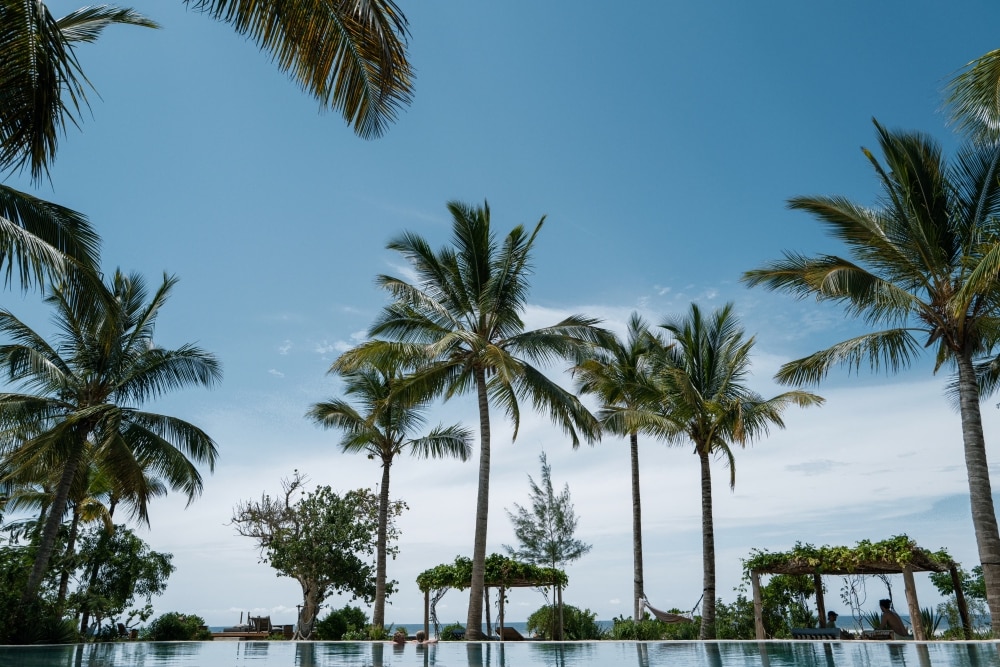Things to do in East China
Activities, attractions and tours


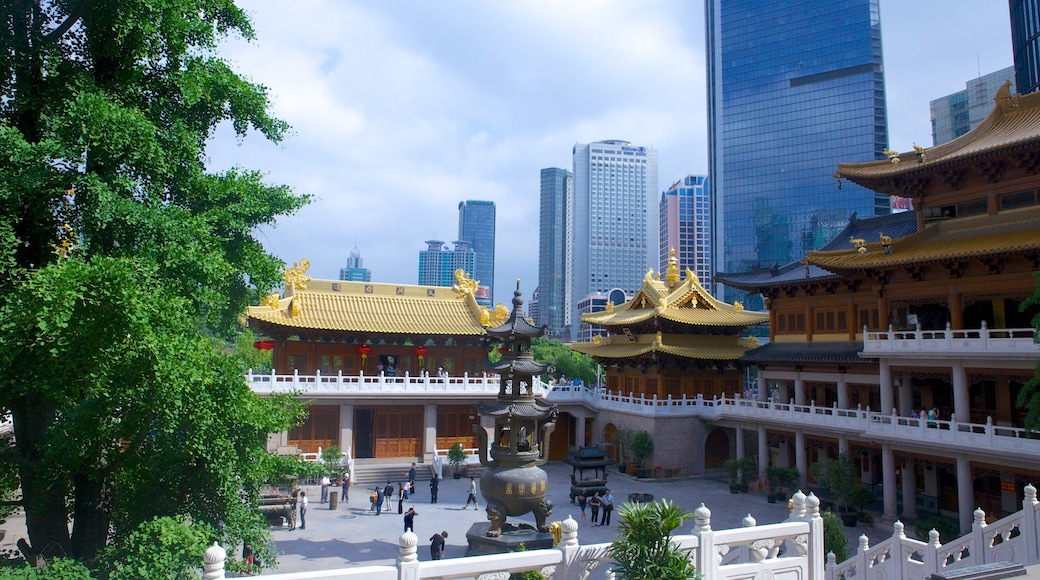
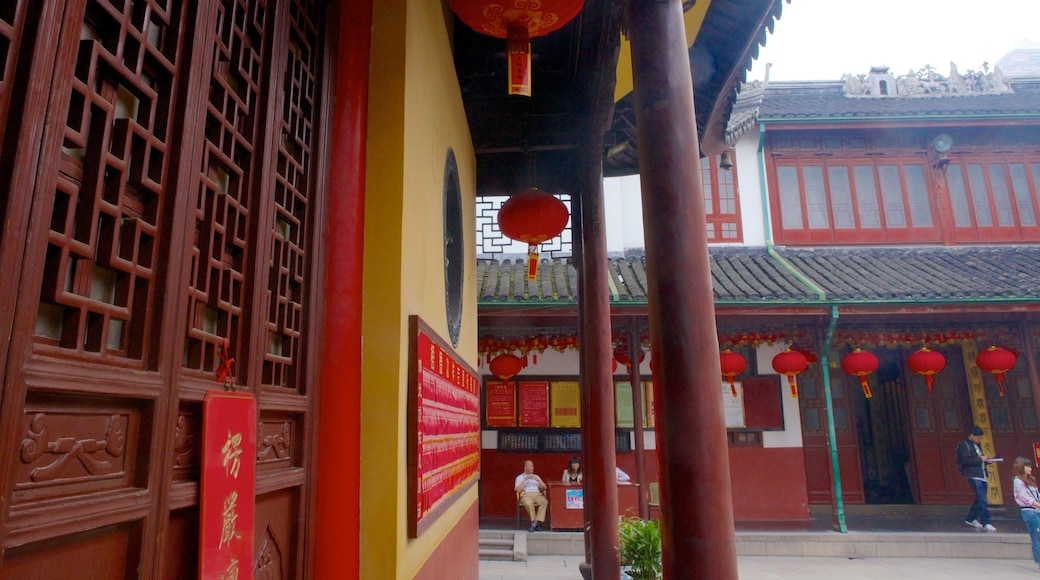
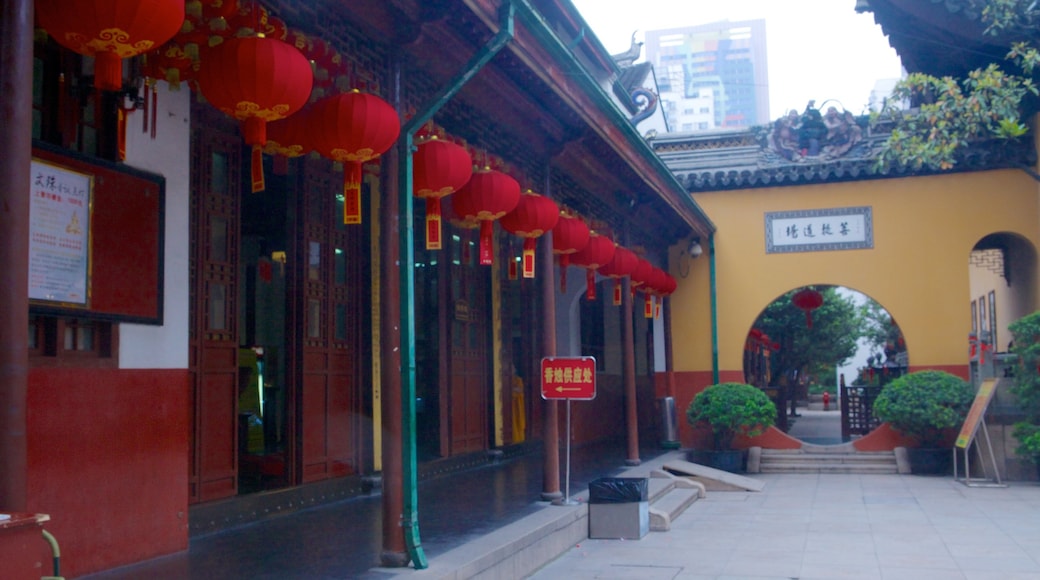
- Explore activitiesExplore thousands of experiences from activities and attractions to day tours and transfer.
- Book with easeSkip the line- book tickets online in minutes to top attractions with free cancellation on many activities.
- Treat yourselfMembers save % or more when you book activities.
Top places to visit
1. The Bund

2. People's Square

3. Nanjing Road Shopping District

4. Oriental Pearl Tower

5. West Lake

6. Yu Garden

7. Jing'an Temple

8. Former French Concession

9. Xintiandi Style Shopping Centre

What to do in East China
Popular places to visit
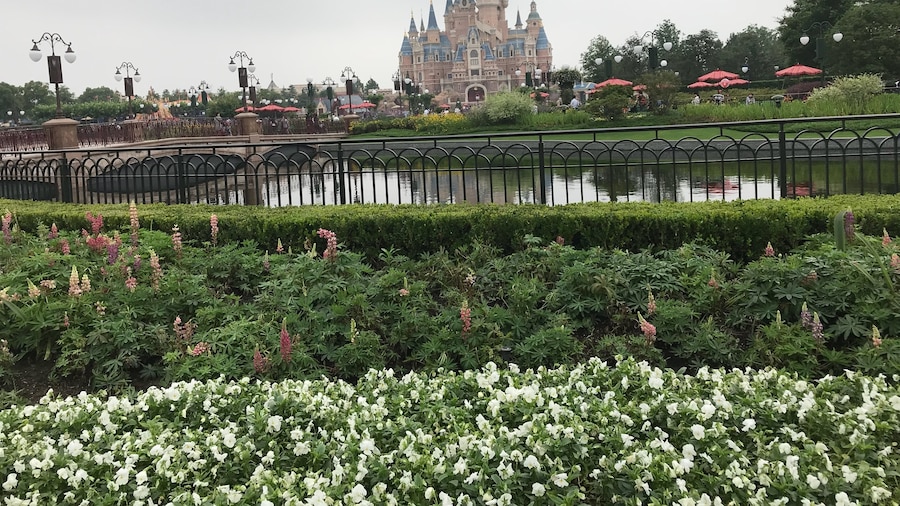
Shanghai Disneyland©
Enjoy the excitement at Shanghai Disneyland© and see why people love this theme park in Shanghai. Wander through the picturesque gardens and riverfront in this vibrant area.
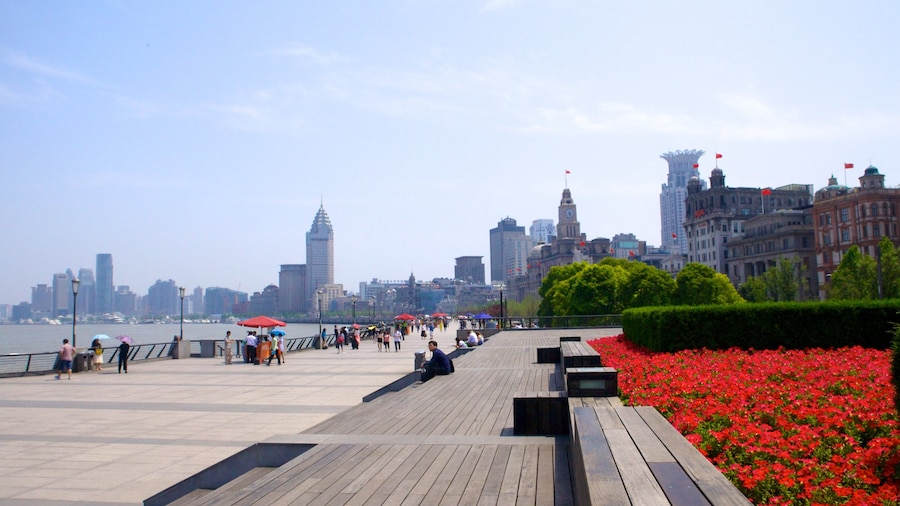
The Bund
The changing fortunes of this sprawling riverside walkway are symbolic of the evolution of Shanghai itself.
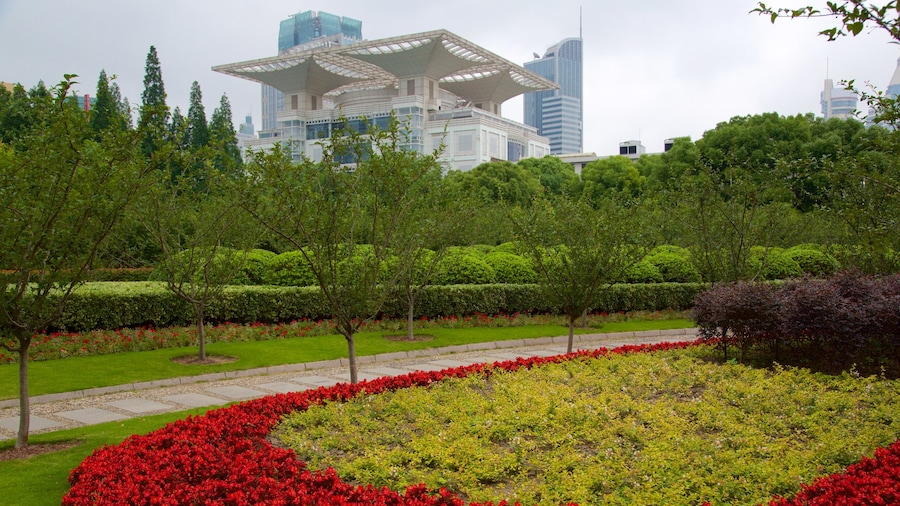
People's Square
To see the modern heart of Shanghai, visit this square, a vast green space surrounded by museums and a grand theater.

Nanjing Road Shopping District
Experience the bustling energy of Shanghai’s most famous commercial street, with a pedestrian mall surrounded by traditional and luxury shopping opportunities.
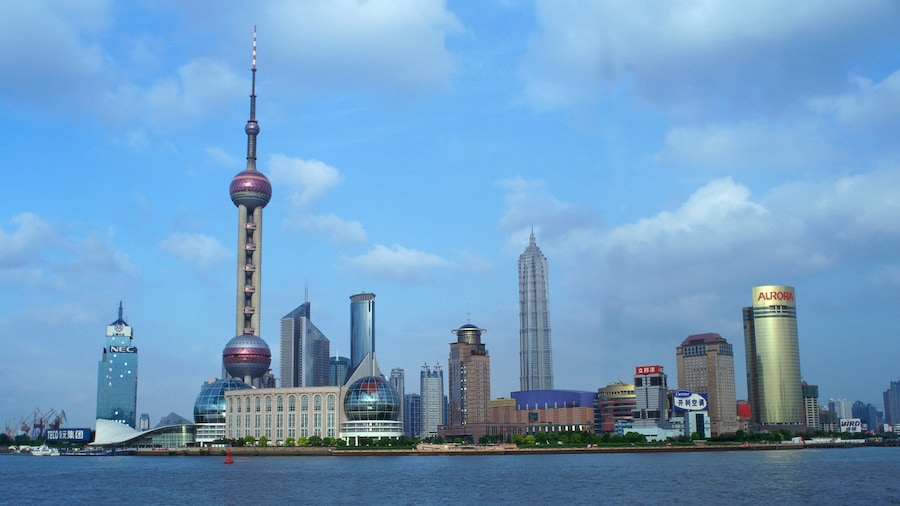
Oriental Pearl Tower
Combining artistic expression with technological innovation, the Oriental Pearl TV Tower is a towering example of Shanghai’s recent resurgence.
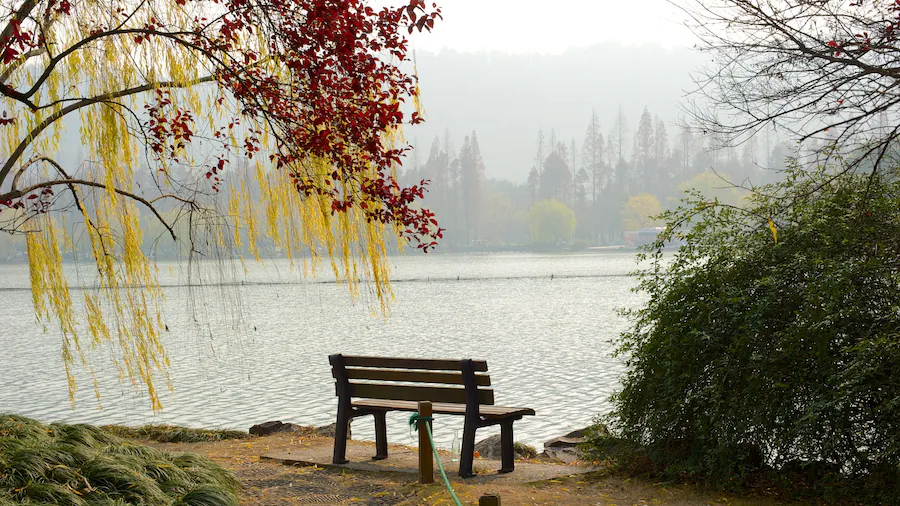
West Lake
Shimmering waters, misty mountains and large pagodas characterize this area of outstanding natural beauty that has inspired many poets and artists.
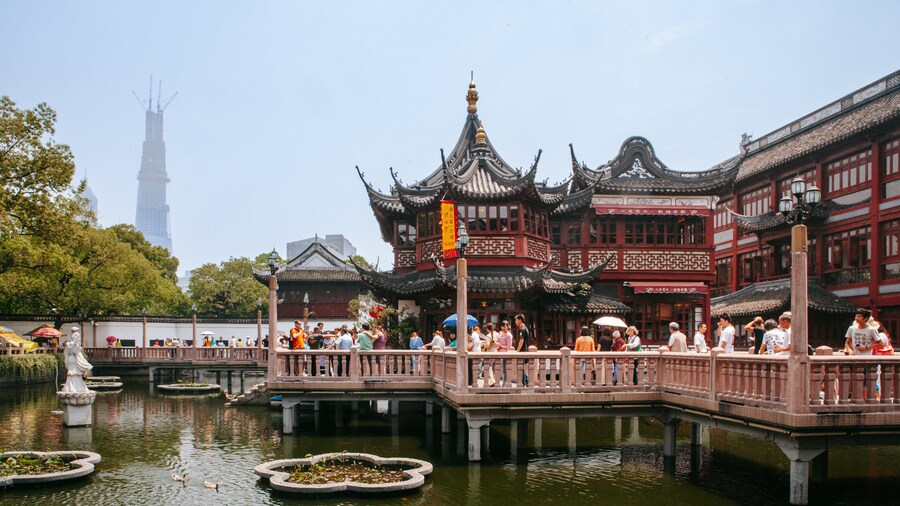
Yu Garden
Created as a place of sanctuary over 400 years ago, Yu Yuan Gardens still provide a soothing retreat from the bustling streets of the Old Town.
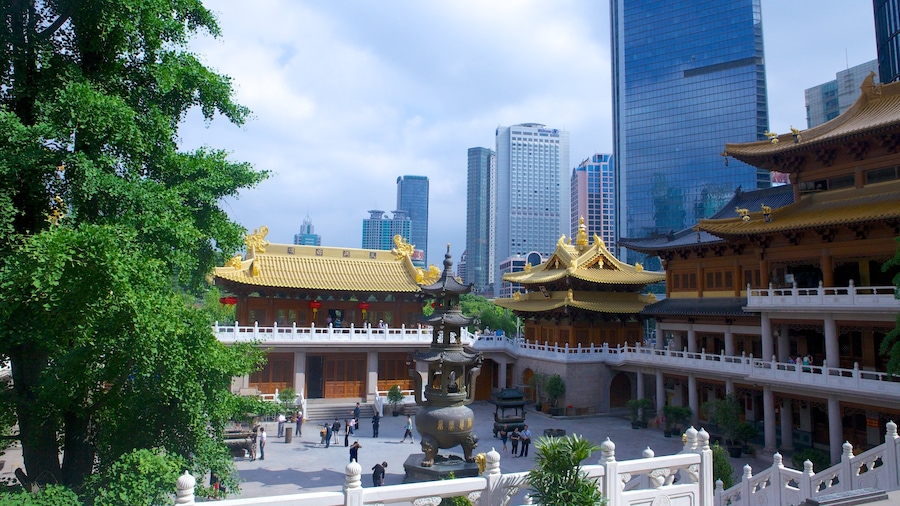
Jing'an Temple
The Jing’an Temple is a cultural treasure trove, packed with Buddhist relics and maintaining the ancient tradition of the Temple Fair.
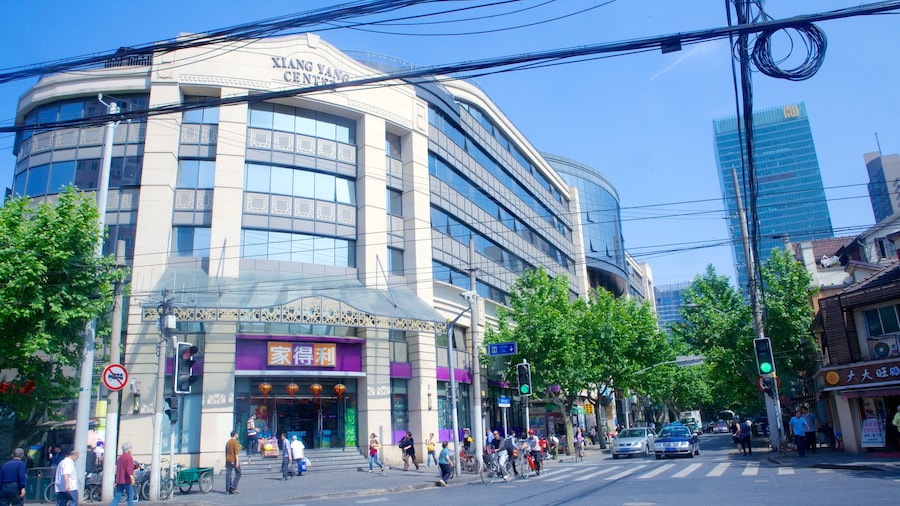
Former French Concession
Take a stroll along the shaded avenues of Shanghai’s historic French Concession before enjoying a spot of shopping in some of the city’s trendiest boutiques.
Areas of East China
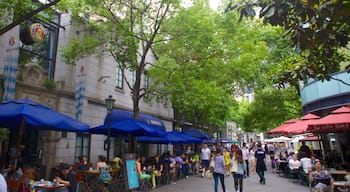
Downtown Shanghai
Known for its beautiful gardens and popular shops, there's plenty to explore in Downtown Shanghai. Check out top attractions like Three on the Bund and Jinling East Road Ferry Wharf, and jump on the metro at East Nanjing Road Station or Yuyuan Garden Station to see more of the city.
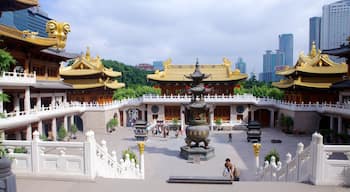
Jing'an
Travellers choose Jing'an for its ample dining options. Hop aboard the metro at Yanchang Road Station or Circus World Station and check out top sights like Daning Lingshi Park.
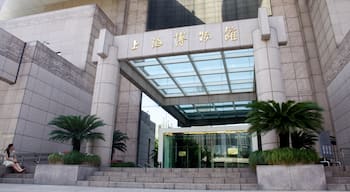
Huangpu
Known for its beautiful gardens and popular shops, there's plenty to explore in Huangpu. Check out top attractions like Old Chinese City and Yuyuan Bazaar, and jump on the metro at Yuyuan Garden Station or East Nanjing Road Station to see more of the city.
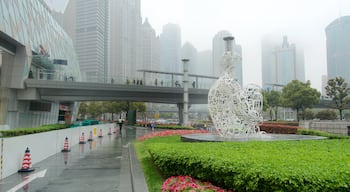
Lujiazui
Climb the innovative towers in this financial district for unobstructed views of Shanghai’s mesmerizing cityscape and stroll along the riverside.
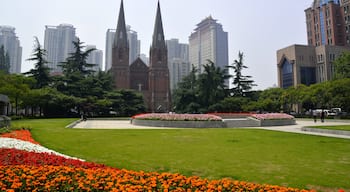
Xuhui
Travellers choose Xuhui for its abundant dining options. Hop aboard the metro at Stadium Station or Xujiahui Station and check out top sights like Shanghai Stadium.

Hongqiao
Noted for its shopping and restaurants, there's plenty to explore in Hongqiao. Top attractions like Hongqiao Int'l Pearl City and Laowai Street 101 are major draws, and you can hop on the metro at Hechuan Road Station or Longbai Xincun Station to see more of the city.
Looking for fun things to do nearby? Check things to do near me to find and book the best things to do, fun activities, and top attractions wherever you happen to be.
- Shanghai Disneyland©
- The Bund
- People's Square
- Nanjing Road Shopping District
- Oriental Pearl Tower
- West Lake
- Yu Garden
- Jing'an Temple
- Former French Concession
- Xintiandi Style Shopping Centre
- Shanghai New International Expo Centre
- Shanghai Tower
- West Nanjing Road
- Shanghai International Circuit
- Yuyuan Garden
- Temple of Confucius
- Yiwu International Trade City
- Jinji Lake
- May Fourth Square
- Jin Mao Tower
- Xujiahui Shopping District
- MixC Shopping Mall
- Hangzhou Tower Shopping Mall
- Shanghai Museum
- Mount Putuo
- Lingyin Temple
- Shanghai Old Street
- Hotels near West Lake
- Hotels near The Bund
- Hotels near Nanjing Road Shopping District
- Hotels near Shanghai Disneyland©
- Hotels near Shanghai World Expo Center
- Hotels near Shanghai New International Expo Centre
- Hotels near People's Square
- Hotels near National Exhibition and Convention Center
- Hotels near West Nanjing Road
- Hotels near Huangshan Mountains
- Hotels near Zhongshan Park
- Hotels near Oriental Pearl Tower
- Hotels near Yu Garden
- Hotels near Jing'an Temple
- Hotels near Former French Concession
- Hotels near Xintiandi Style Shopping Centre
- Hotels near Shanghai Tower
- Hotels near Shanghai International Circuit
- Hotels near Yuyuan Garden
- Hotels near Temple of Confucius
- Hotels near Shanghai Centre
- Hotels near Jinji Lake
- Hotels near May Fourth Square
- Hotels near Jin Mao Tower
- Hotels near Hangzhou Tower Shopping Mall
- Hotels near Xixi Wetland Park
- Hotels near Shanghai Exhibition Center
- Hotels near Shanghai International Convention Centre
- Hotels near Lingyin Temple
